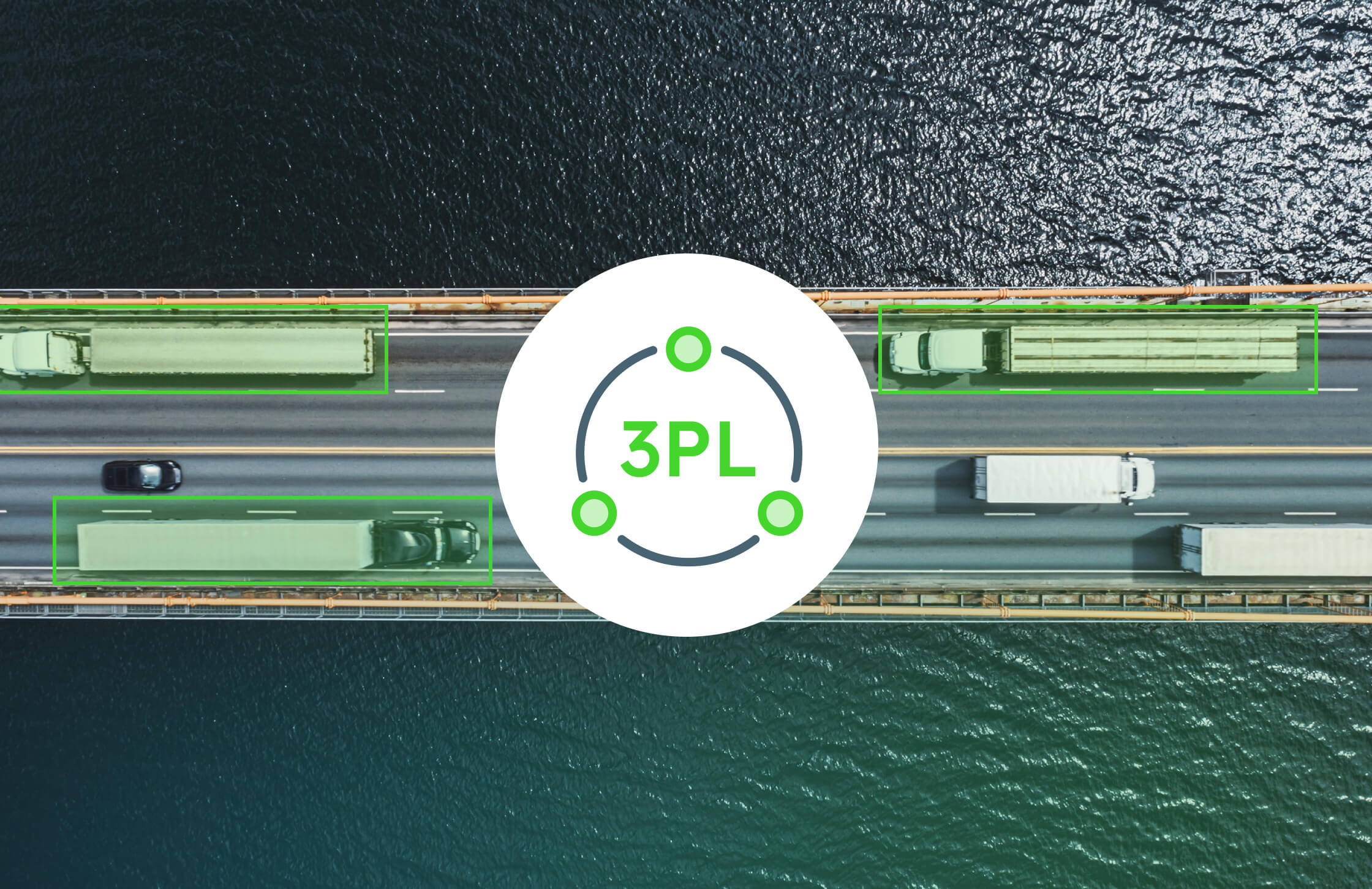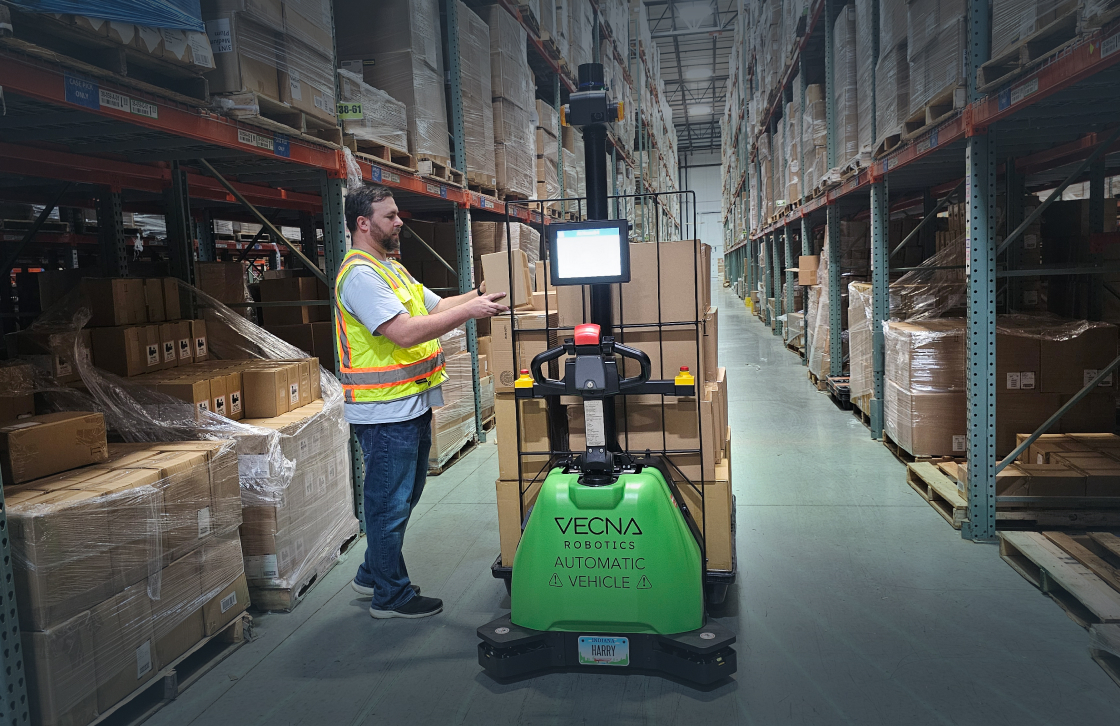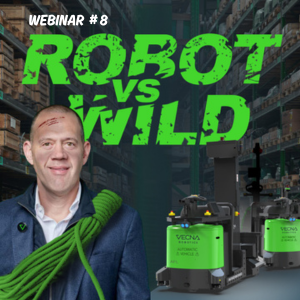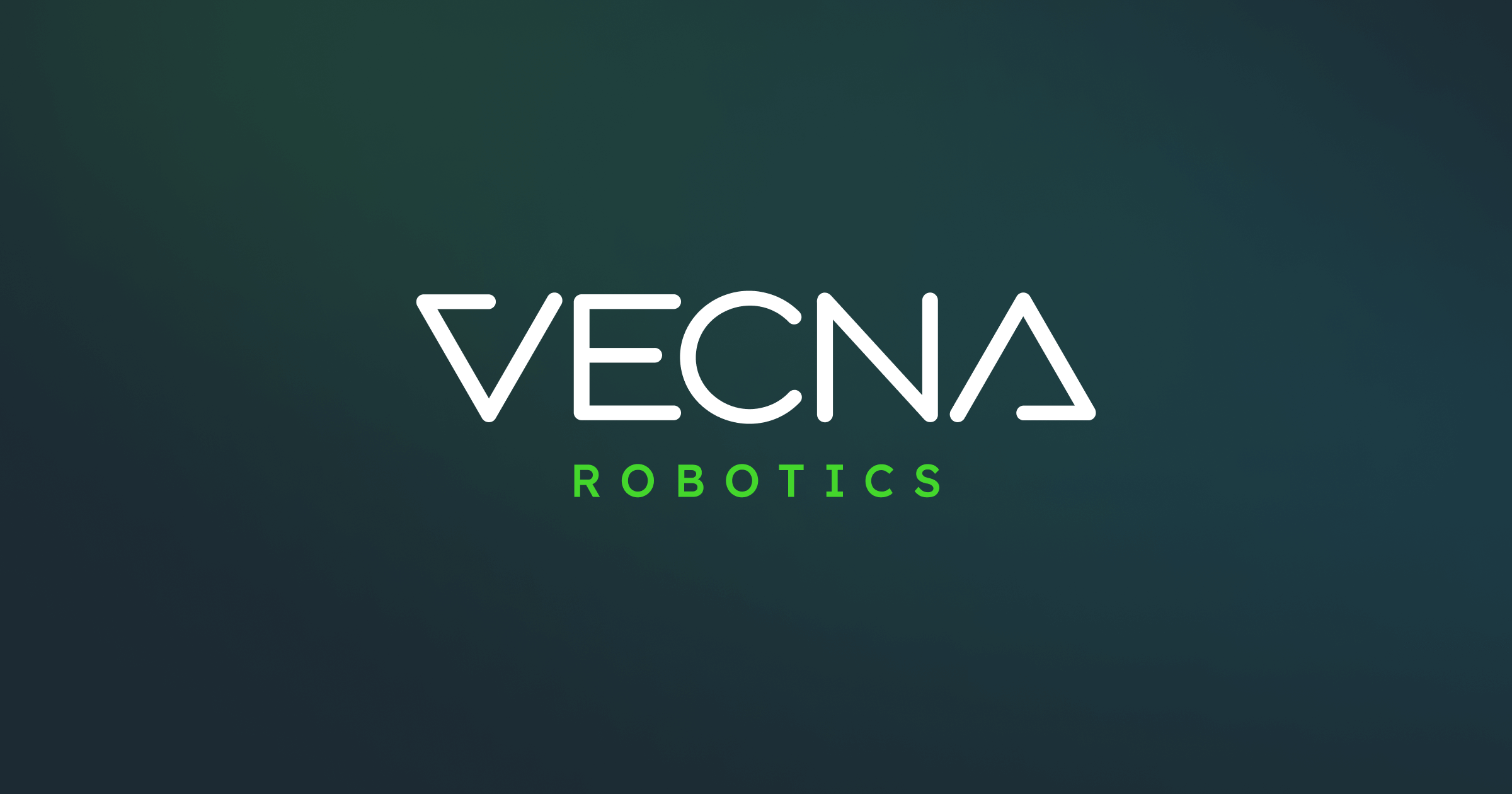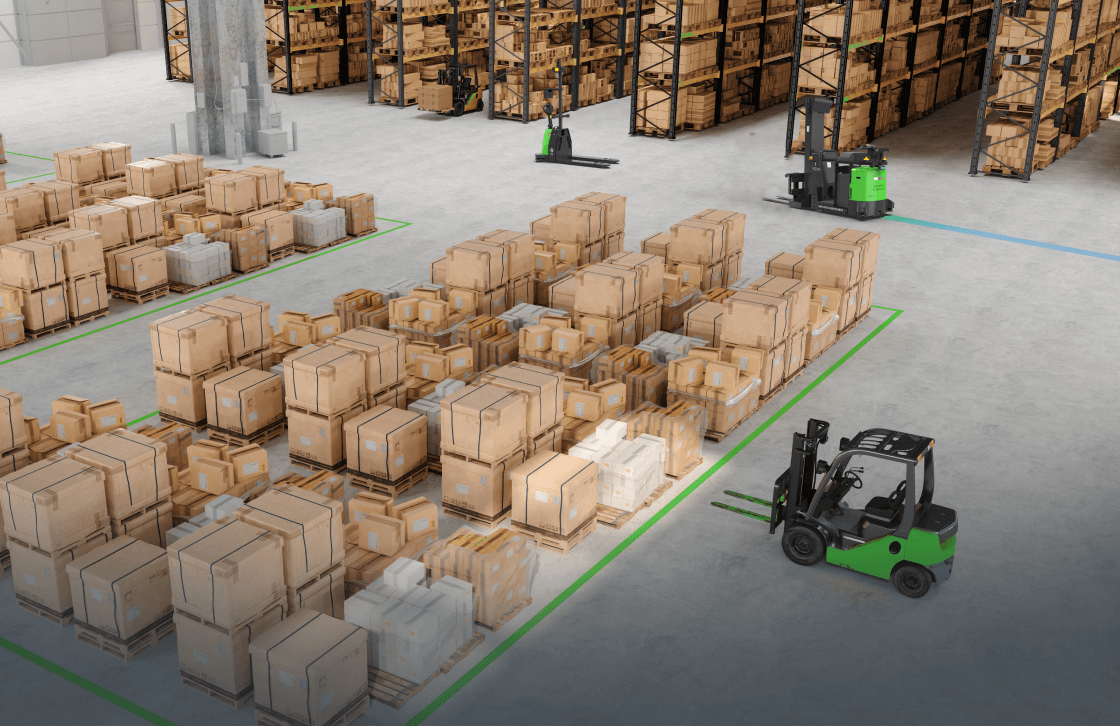What is the meaning of 3PL? Third-party logistics, commonly abbreviated as 3PL, stands as an embodiment of the increasing complexity and interconnectedness of the modern business landscape. At its core, 3PL signifies the delegation of a company’s logistics functions to an external entity specialized in managing such tasks. Such logistics operations typically encompass areas like transportation, warehousing, distribution, and a plethora of other supply chain undertakings. By integrating a 3PL into its operations, a company can pivot its attention and resources towards its principal competencies, be it product innovation, marketing strategies, or sales operations, thereby maximizing efficiency and ensuring optimal resource allocation.
3PL providers are diverse in the array of services they present. Their offerings range from fundamental logistics tasks like transportation management and warehousing to intricate supply chain solutions. Moreover, many 3PLs extend beyond basic logistics, rendering value-added services that can include packaging, detailed assembly, and meticulous labeling, thereby presenting a holistic logistics solution.
Several compelling advantages drive businesses towards adopting 3PLs. A paramount benefit is the tangible reduction in logistics expenditures. By transitioning logistics responsibilities to a specialized third-party, a company can notably pare down costs tied to transportation, warehousing, and other associated logistics activities. Furthermore, 3PLs, given their niche focus, forge robust relationships with carriers and various logistics stakeholders. This network often translates into preferential pricing and terms, ultimately benefiting the businesses they represent.
Efficiency is another hallmark of 3PL providers. Armed with domain-specific expertise, cutting-edge technological platforms, and bespoke logistics management systems, they refine and optimize logistics processes. Such meticulous management can manifest in diminished lead times, enhanced inventory control, and the punctual and precise delivery of goods.
The alignment with a 3PL provider also provides businesses with an invaluable intangible: focus. With logistics handled by experts, companies can channel their energies, creativity, and resources toward their core operations, be it product development, customer relations, or market expansion. This strategic alignment often propels improved performance and sharpens a company’s competitive edge.
However, the 3PL model isn’t without its challenges. A predominant concern for many businesses is the potential dilution of control over their logistics. Outsourcing introduces a degree of detachment, potentially obscuring visibility into operations and making performance oversight more challenging. Furthermore, the dynamic nature of the business environment might pose adaptability challenges. Some 3PLs might struggle to swiftly respond to fluctuating demand or other unexpected events, potentially causing logistical hiccups. Additionally, cultural and mission alignment can sometimes be a concern; a 3PL might not always resonate with a company’s ethos, vision, or objectives as seamlessly as an internal team might.
The top 20 logistics companies in North America
UPS Supply Chain Solutions
XPO Logistics
C.H. Robinson
Kuehne + Nagel
DHL Supply Chain
J.B. Hunt Transport Services
Ryder
CEVA Logistics
Nippon Express USA
GEODIS
Penske Logistics
DB Schenker
SNC-Lavalin Logistics
Menlo Worldwide Logistics
A.N. Deringer
Hub Group
BDP International
Flexport
Exel (part of DHL Supply Chain)
Shape Corporation
How is automation being used by 3PL today?
The realm of third-party logistics (3PL) providers has experienced significant transformation, primarily driven by the rapid adoption of automation technologies. In today’s hyper-competitive logistics landscape, where the demand for quicker, more efficient, and transparent services is at an all-time high, 3PLs are leveraging automation to maintain a competitive edge and meet these dynamic customer needs.
In essence, automation is reshaping the way 3PL providers operate, making their services more resilient, responsive, and customer-centric. As technological advancements continue to emerge, it’s anticipated that the depth and breadth of automation in the 3PL sector will only deepen, further driving efficiency and innovation.
Here are some of the ways automation is currently used in 3PL:
- Warehouse automation: Within the expansive arena of warehousing, advanced automated systems, including conveyors, robotic arms, and automated storage and retrieval systems, are becoming indispensable. Such tools not only streamline processes, drastically improving efficiency and accuracy but also directly enhance the pace of order fulfillment. As businesses look to reduce overheads, these innovations play a pivotal role by diminishing labor costs, and they offer a more meticulous method of inventory management, minimizing human errors and increasing overall productivity.
- Transportation management systems: At the heart of a robust logistics network lies the transportation component. Automated Transportation Management Systems (TMS) have revolutionized the way businesses plan, optimize, and monitor transportation routes and shipments. With the primary objective of cost reduction, a TMS identifies the most economical and efficient routes and modes of transportation. Beyond mere cost savings, they also provide unparalleled visibility, allowing businesses to trace shipments in real-time, thus enhancing customer trust and satisfaction.
- Inventory management systems: With global supply chains becoming more intricate, inventory management emerges as a major challenge. Automated inventory management systems rise to this occasion by meticulously optimizing stock levels and enhancing the precision of inventory records. By leveraging these systems, businesses can sidestep the hefty costs tied to excess inventory and almost negate the chances of detrimental stockouts, ensuring a seamless supply to their clientele.
- Robotics: The logistics sector often grapples with tasks that are monotonous and labor-centric, like packaging, labeling, and sorting. Robotics systems have been the answer to this challenge, automating these repetitive tasks. Their implementation not only boosts overall efficiency but also significantly slashes labor expenses, paving the way for personnel to engage in more strategic roles within the organization.
- Artificial intelligence and machine learning: AI and ML have swiftly transitioned from being mere buzzwords to indispensable tools in the logistics sector. By meticulously analyzing vast data sets, these technologies empower businesses with predictive insights. Whether it’s refining logistics processes, enhancing demand forecasting, or bolstering decision-making, AI and ML emerge as key players in ensuring logistics operations are agile and responsive.
- IoT and sensor-based technologies: The modern logistics landscape demands real-time visibility, and IoT, along with sensor-based technologies, addresses this need flawlessly. By constantly tracking and monitoring the location, condition, and even the temperature of goods throughout the supply chain, these technologies not only elevate the visibility factor but also empower stakeholders to make informed decisions, enhancing the overall efficacy of logistics operations.
- Automated guided vehicles (AGVs) and automated mobile robots (AMRs): The intricate dance of moving materials within warehouses and distribution centers has been seamlessly choreographed with the introduction of AGVs and AMRs. Their role is not just limited to transportation; they excel in loading and unloading goods and are steadily becoming adept at tasks like picking and packing. Their integration into logistics hubs ensures that operations are swift, precise, and, most importantly, scalable to the ever-evolving demands of the market.
The future of 3PL: A glimpse into tomorrow’s supply chain landscape
Third-party logistics (3PL) providers have consistently been the backbone of supply chain management, ensuring that goods reach their intended destinations efficiently and effectively. As we stand on the threshold of a new era in technology and business paradigms, the 3PL landscape is poised for significant transformation. What will the future hold for 3PL? Let’s dive into the most prominent trends and predictions.
- Digital Transformation: At the heart of the future 3PL landscape is the digital revolution. Advanced technologies such as Artificial Intelligence (AI), Machine Learning (ML), and the Internet of Things (IoT) will take center stage. These innovations will enable 3PL providers to predict supply chain disruptions, optimize routes in real-time, and streamline warehouse operations.
- Sustainability: The increasing importance of sustainability in business operations cannot be understated. Companies are now actively seeking 3PL partners who prioritize green logistics. This involves using eco-friendly packaging, optimizing routes to reduce carbon footprints, and transitioning to electric or hybrid vehicles.
- Blockchain Technology: Transparency and traceability are integral to modern supply chains. Blockchain technology promises a tamper-proof method of recording transactions, making it easier to track products from source to consumer. 3PL providers adopting blockchain will offer enhanced trust and transparency to their clients.
- Increased Collaboration: The lines between manufacturers, retailers, and 3PL providers will blur as businesses move towards more collaborative models. 3PLs will become integral partners, deeply involved in strategic planning and daily operations. This collaboration will lead to more streamlined operations and better service delivery.
- E-commerce Explosion: The already-booming e-commerce sector will continue its rapid expansion, and with it, the demand for 3PL services. This will necessitate faster, more flexible delivery options. Expect to see more same-day deliveries, drone deliveries, and localized distribution centers to cater to instant-gratification consumer demands.
- Advanced Analytics: Data will be the new gold. 3PL providers will harness advanced analytics to derive actionable insights from vast amounts of data. This will allow them to predict consumer behavior, optimize inventory management, and reduce operational costs.
- Robotics and Automation: Warehousing operations will witness a significant shift with the incorporation of robotics and automation. Robots will handle tasks ranging from picking and packing to sorting. This not only increases efficiency but also significantly reduces errors.
- Personalized Customer Experiences: In the future, one-size-fits-all will no longer be a viable strategy. 3PL providers will leverage data analytics to offer personalized experiences to clients. This includes custom packaging, personalized delivery slots, and bespoke storage solutions.
- Flexibility and Scalability: The future supply chain landscape will be characterized by volatility and unpredictability. 3PL providers will need to offer scalable solutions to clients, ensuring they can expand or contract their operations based on demand.
- Risk Management: With global events like the COVID-19 pandemic, the importance of risk management has been underscored. Future 3PL providers will invest heavily in building resilient supply chains that can withstand shocks and disruptions.
- Last-Mile Innovation: The last-mile delivery segment will experience significant innovation. From autonomous vehicles to delivery lockers, 3PL providers will explore various methods to ensure timely and efficient deliveries.
- Global Networks with Local Insights: As businesses expand globally, they require 3PL partners with a vast global network. However, local market understanding will be equally crucial. The future will see 3PL providers offering the best of both worlds – global reach with local expertise.
- Regulatory Compliance: As global trade grows, so will the complexity of regulatory compliance. 3PL providers will play a crucial role in helping clients navigate these complexities, ensuring that goods are transported in adherence to local and international regulations.
- Integrated Technology Platforms: Siloed systems will become a thing of the past. The future will see integrated platforms where all supply chain stakeholders can collaborate in real-time. This integration will lead to faster decision-making and more cohesive operations.
- Employee Training and Retraining: As the 3PL landscape evolves, the skillsets required will also change. Continuous training and retraining will become the norm, ensuring that employees are equipped to handle the latest technologies and methodologies.
In conclusion, the future of 3PL shines brightly, illuminating a path rife with promising prospects. While the road ahead might be lined with challenges – both foreseen and unexpected – the 3PL industry stands at a pivotal juncture, armed with the arsenal of technological advancements and progressive business models. In any industry grappling with the seismic shifts of a digital age, the trinity of adaptability, foresight, and collaboration emerges as the cardinal pillars of success. Therefore, it becomes imperative for stakeholders within the 3PL realm to don the mantle of proactivity, ardently embracing change and fostering an environment ripe for innovation. This is not just to ensure their survival but to claim a vanguard position in the evolving tapestry of the supply chain landscape.
The infusion of automation within the 3PL domain is a testament to the sector’s forward-thinking vision. Automation, in its various incarnations, empowers 3PL providers to elevate their efficiency levels, curtail operational costs, and enhance the precision and pace of logistics maneuvers. But beyond these tangible benefits, automation acts as a conduit for real-time data acquisition and analysis. This influx of instantaneous data, when decoded effectively, paves the way for more informed decision-making. It allows 3PL companies to anticipate market shifts, tailor their strategies dynamically, and offer bespoke solutions that cater to the unique demands of each client.
Moreover, the customer-centric facet of the 3PL business stands to gain immensely from automation. In a world where the consumer is king, and expectations are ever-escalating, the need for impeccable customer service becomes non-negotiable. Automation, with its predictive algorithms and machine learning capabilities, enables 3PL providers to preempt customer needs, offering solutions even before they materialize as demands. This not only augments customer satisfaction but forges a bond of trust and reliability – invaluable currencies in today’s competitive market.
Furthermore, the inherent risk of human error, a reality that every industry grapples with, finds its antidote in automation. By automating intricate and repetitive tasks, the margin for error dwindles. This results in more consistent service delivery, safeguarding the reputation of 3PL providers and ensuring they remain the preferred choice for businesses looking to outsource their logistics needs.
In essence, the 3PL industry’s tryst with automation isn’t just a mere alignment with technology. It’s a visionary leap towards a future where efficiency, innovation, and customer satisfaction converge, creating a paradigm of excellence and unparalleled service.
Vecna Robotics has a wide range of solutions that are tailor-made for automating pallet handling in 3PL environments. For more information about how you can get started with your automation journey, go to our From No Bot to Robot page, or you can contact us today to schedule a consultation with a factory automation expert.
